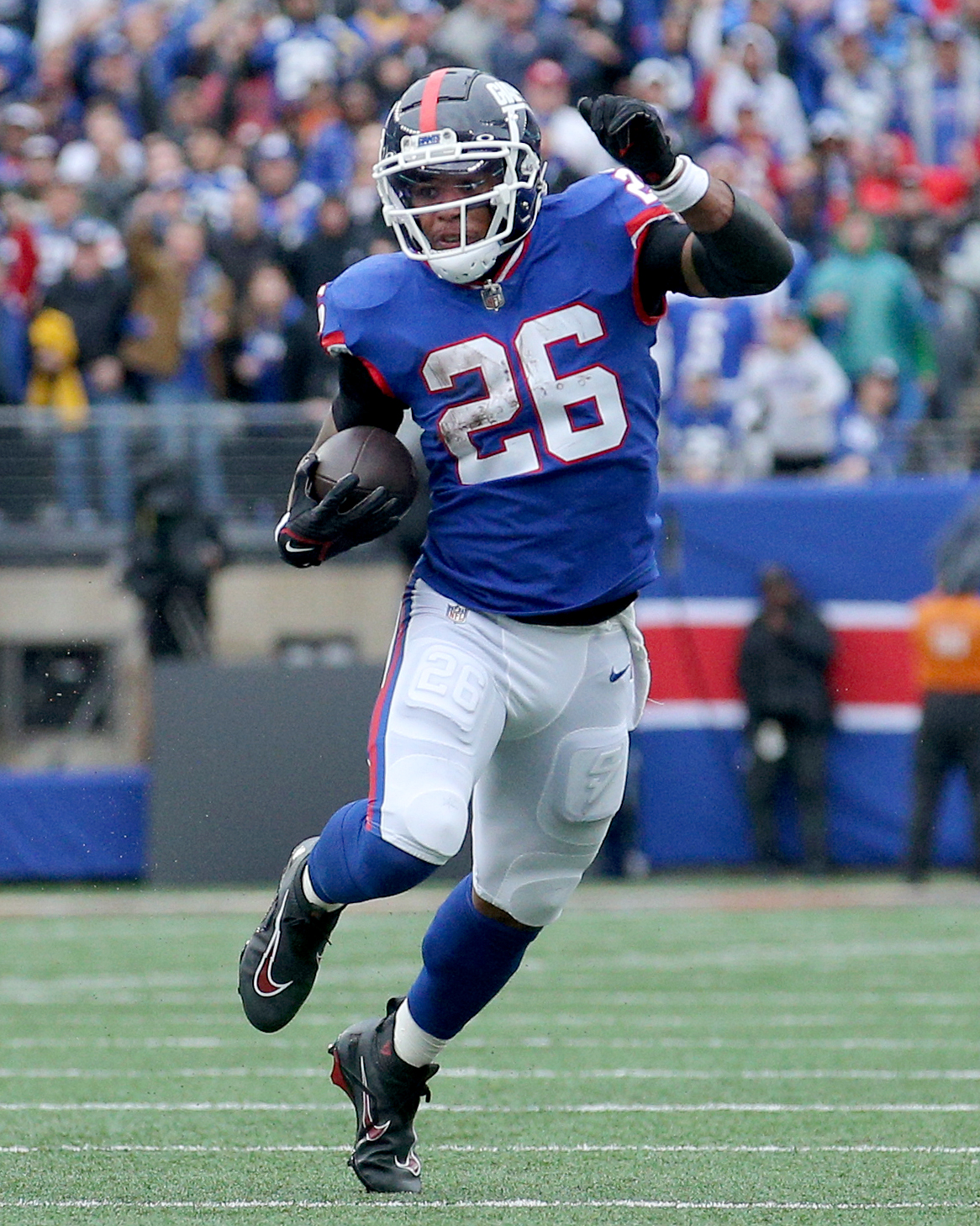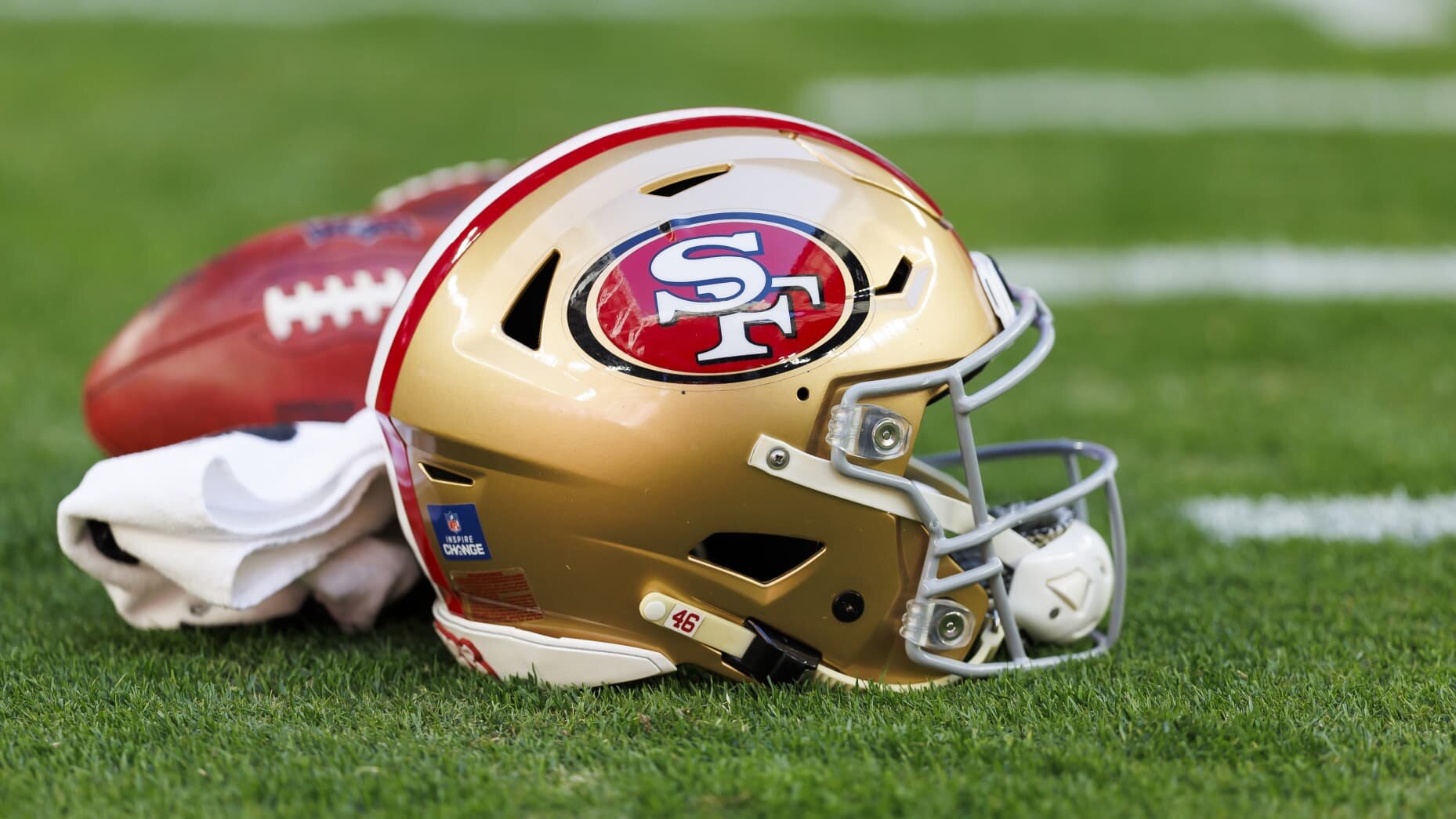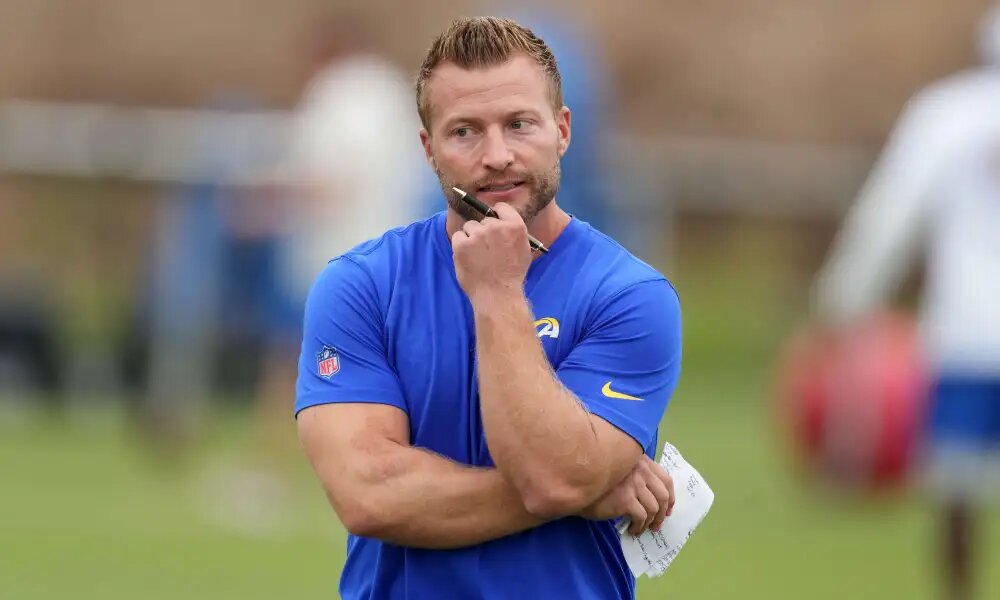ESPN: Giants splashes $26 million on running back……… read more.
/cdn.vox-cdn.com/uploads/chorus_image/image/73451271/1868419352.0.jpg)
The New York Giants avoided overspending at spots that may be addressed with mid-round draft picks by emphasizing positional value in their summer approach. General Manager Joe Schoen made the choice to let star running back Saquon Barkley test free agency instead of giving him an expensive long-term contract deal because of this strategy.
Barkley’s Transfer to the Eagles and Giants’ Economic Caution
In the end, Saquon Barkley agreed to a three-year, $37.75 million contract that included a $26 million signing bonus with the Philadelphia Eagles. Schoen had asked Barkley to give the Giants an opportunity to match any free-agent offers during an episode of HBO’s “Hard Knocks.” But Barkley left because the Giants valued him lower than the Eagles did. Schoen pointed out that Barkley might have stayed if the Giants had been open to considering the Eagles’ offer.

Singletary Enters the Picture with a More Affordable Offer
Devin Singletary, who signed a three-year, $16.5 million contract with only $9.5 million guaranteed, replaced Barkley for the Giants, saving them $17 million in guarantees over Barkley’s agreement. Despite not being as explosive as Barkley, Singletary has produced a considerable amount of work. He shown that he could be a useful asset at a lower cost with his 986 yards, five touchdowns, and just one turnover over 238 attempts last season.
Comparative Effectiveness: Barkley vs. Singletary
Barkley’s season-ending 962 yards and six touchdowns with two fumbles over 247 attempts was similar to Singletary’s. Notably, Singletary’s offensive line was marginally superior to the Giants’, which could have contributed to the comparable results. This setting implies that Singletary might deliver similar outcomes in a different situation.

Strategic Allocation: Exceeding the Running Back Role
Rather than making a significant investment in Barkley, the Giants used their money to bolster other vital positions like the offensive line and pass rush, adding pass rusher Brian Burns, and improving pass protection. This tactic demonstrates how the NFL has shifted its emphasis from running plays to throwing plays.
Forward-Looking: Big Blue’s Extended Strategy
The fact that Schoen chose not to give a 27-year-old running back a sizable long-term financial commitment is indicative of a larger plan to assemble a competitive club in the future. The Giants set themselves up to compete at a higher level in the upcoming years by maybe developing a great quarterback and strong trench support, possibly to the point where it makes strategic sense to invest heavily in a player such as Barkley.



